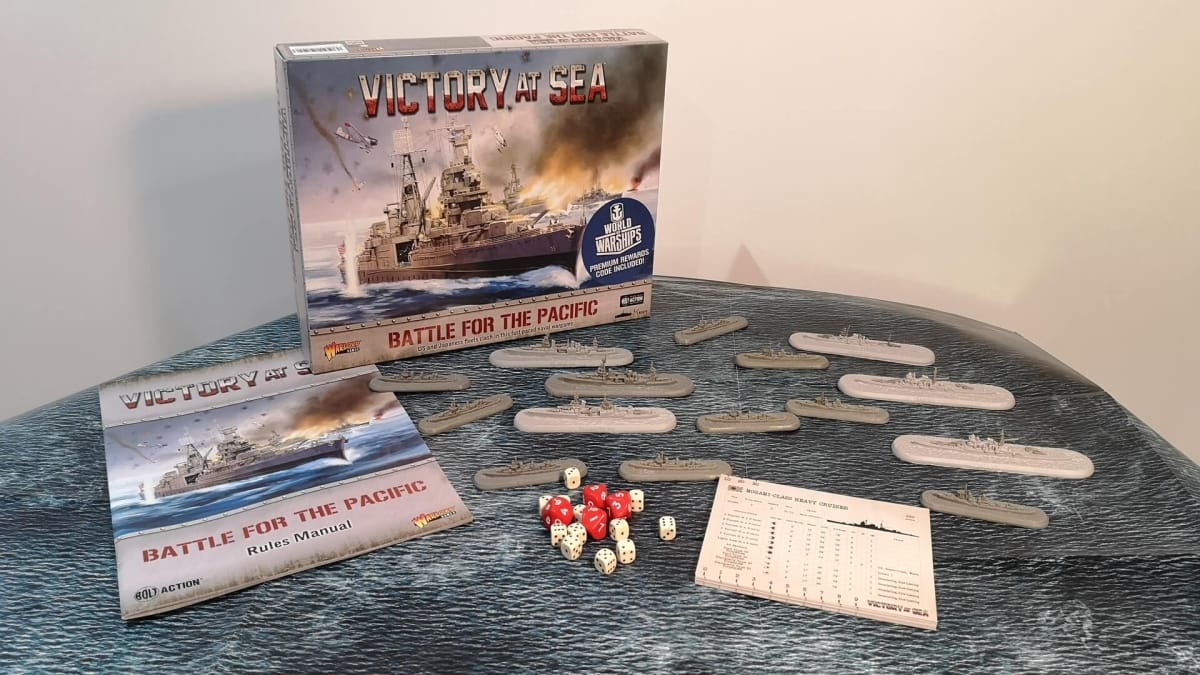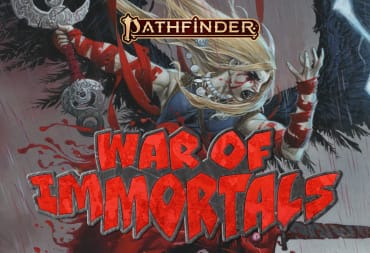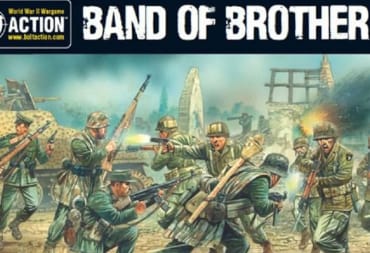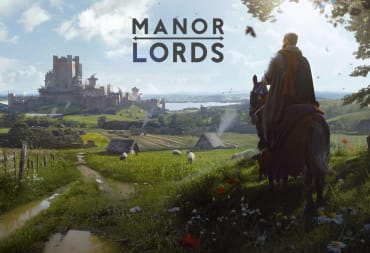Victory at Sea from Warlord Games is a tabletop wargame that lets players fight sea battles during World War 2, 1939 to 1945. In this article, we're going to look at the starter set, Victory at Sea Battle for the Pacific. We'll check out what's in the box and the rules, talk about the different ships, and look at who the game is for.
This article forms part of our Nautical Tabletop Month that's running across all of November. We're going to look at different nautical wargames and board games, as well as interview developers about capturing the sea feel on the tabletop. We'll also look at nautical factions in popular wargames along with tabletop accessories that are available to keep your hobby ship-shape. You can see all the articles here on the hub. So come aboard as we set sail and celebrate all games nautical in nature.

You can buy all the Nautical Tabletop Month products from our tabletop sponsor, Firestorm Games.
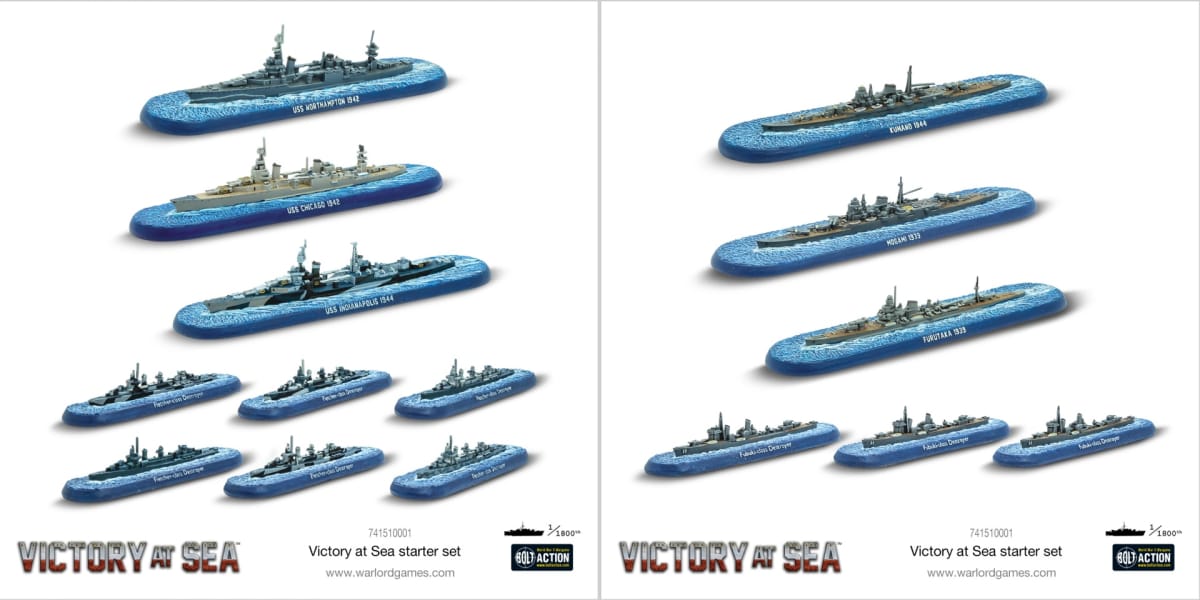
The Victory at Sea Battle for the Pacific starter set contains everything 2 players need to get started with Victory at Sea and also a solid foundation from which to build your force if you want to expand beyond the starter set. The Battle for the Pacific starter set contains:
- 1 Battle of the Pacific Rules manual
- 15 Warlord ships (9 US Navy and 6 Japanese Navy)
- Tokens and ship cards
- Dice - 4 D10 and 12 D6
- 2 A0 doubled-sided Sea battle mats
Ship construction for Victory at Sea is extremely easy. The ships come as solid units, with only the guns and masts requiring construction. The ships can snap clean through if bent too much, so some care should be taken with them. The ships come on large bases as part of the miniature. It does mean they sit higher on the table than the water level of the game mat, but as the ships will all be painted very similarly, it allows the name and type of the ship to be clear on the side of the base. You may know your own force and ships well, but this means that your opponent can also clearly see which ships are which.
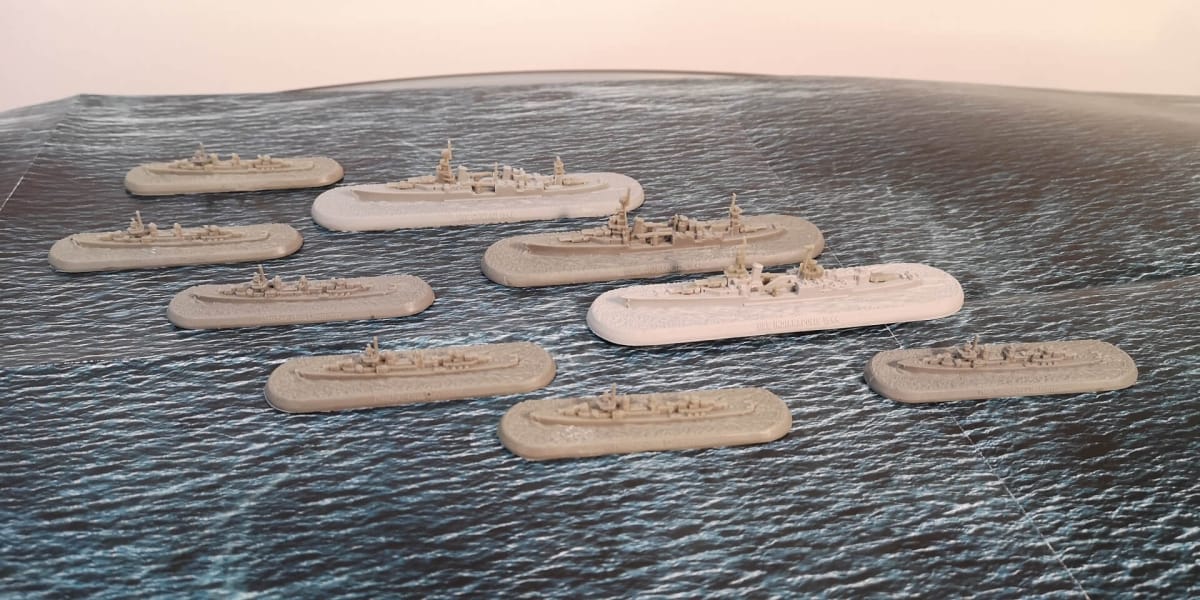
The Victory at Sea ships, even for a new hobbyist, can be made to look great on the tabletop with a basic paint scheme, and veteran painters can add all the extra details they want.
The ships included in the Battle for the Pacific starter set are:
US Navy
- USS Indianapolis 1944
- USS Chicago 1942
- USS Northampton 1942
- Fletcher-class Destroyer x 6
Imperial Japanese Navy
- Mogami 1939
- Kumano 1944
- Furutaka 1939
- Fubuki-class Destroyers x3
The ship ratio may come as a big surprise, 9 vs 6 ships, but the power is actually in the 6 IJN’s ship's favor. Their larger ships far outpower the US Navy, who have to rely on their numbers of smaller ships to outmaneuver the large Japanese ships. If you total the points for both fleets together, the IJN fleet is a number of points more than the US Navy, and this ties into the narrative of the Battle for the Pacific, where early in the war, the IJN outclassed the US until the US was able to bring their industrial might to bear.
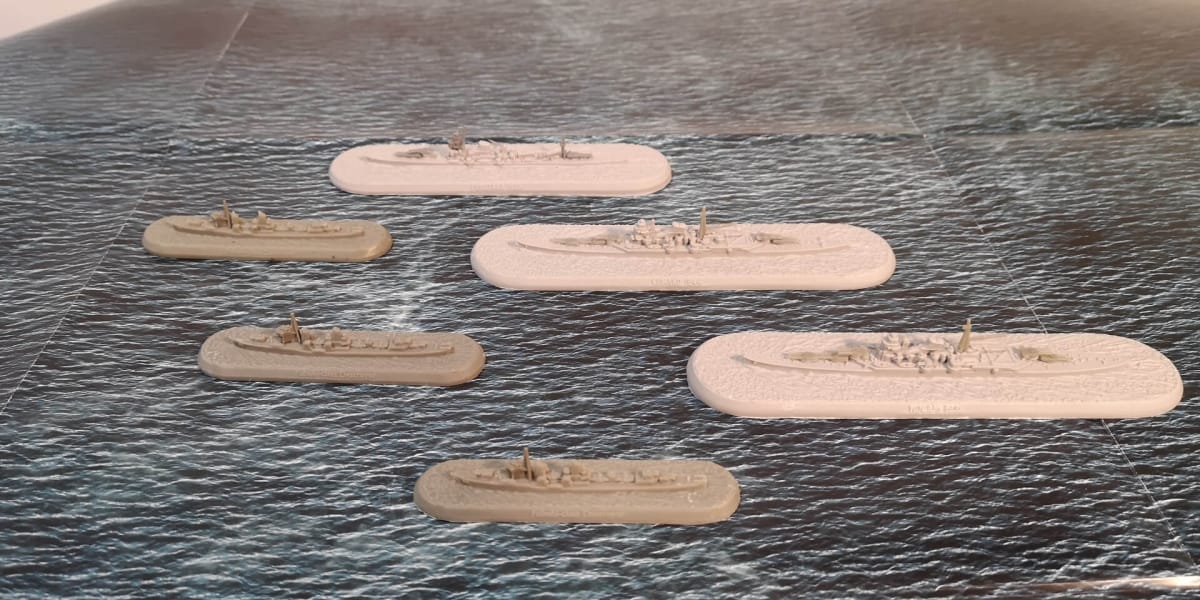
It also clarifies the direction that Warlord want with Victory at Sea, we’ll look at the rules later in the article, and while it does offer the opportunity for a balanced competitive game, the goal of Victory at Sea is clearly to capture the theme and feel of sea battles during WWII. Which it does.
The rulebook in the Battle for the Pacific set aren't the full rules for Victory at Sea, they contain everything you need to play the game and expand beyond, but a full hardback rulebook is currently on pre-order and will be available in January 2021. The BftP rules manual contains all the core rules, along with the more advanced rules for aircraft, scouting, and historical details about the 6 major forces engaged across naval battles in WWII.
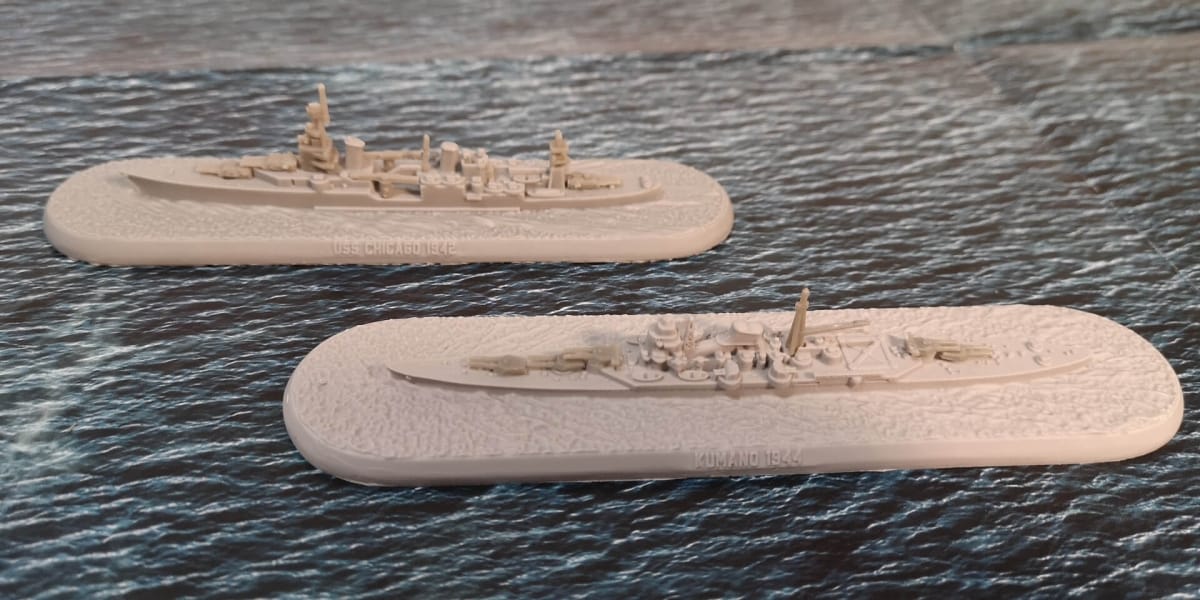
Victory at Sea is split between 4 phases. The initiative, movement, gunnery, and then end, tidy up, phase. The movement and gunnery phases are alternative activations, with the player who lost the initiative moving a ship first and then firing second. This works very well with the player winning the initiative still gaining an advantage, but not being able to completely decimate their opponent in the gunnery phase before they can act. It gives both players some control over the round.
The real joy with Victory at Sea is learning about each ship and using it to your advantage. Each ship type has its own weapon systems with their own fire arcs, along with traits. You quickly find that a lot of to hit rolls required, after modifiers are 6s, so volume of fire is usually a solid tactic.
The Battle for the Pacific rulebook includes details for aircraft, which were a major part of the conflict. While no carriers are present in the set, which seems a choice to keep the starter-set ships relatively straight-forward as opposed to the more complex carrier which can be added in later. Some of the ships do have the Aircraft trait, which lets them deploy aircraft for scouting to gain a tactical advantage, or for assisting with long-range shots. Both of these actions are extremely thematic and rewarding parts of the game. Scouting lets you put ships in reserve, to enter the game later, to gain the chance of an initiative advantage or optimum deployment zones. Long-range shots, guided in by spotter aircraft let you hit stationary targets beyond the maximum range of 30 inches.
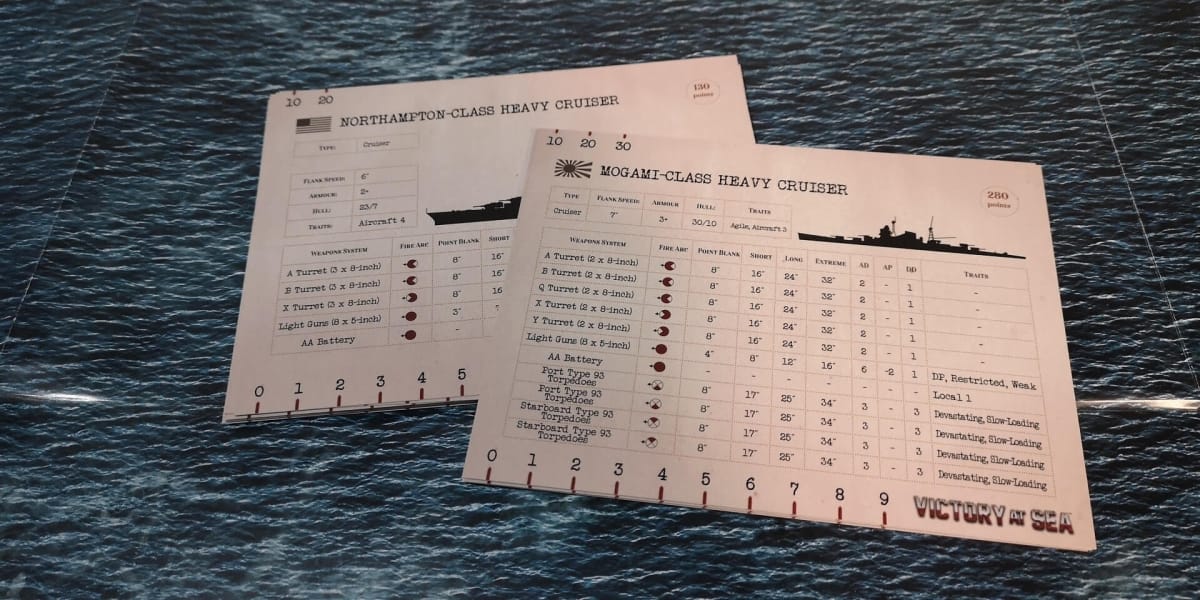
The rulebook includes the War at Sea scenario, which lets players roll for random objectives, and also offers a more balanced competitive objective system. We would have liked to have seen some historical scenarios detailed in the book, or a linked campaign using the starter-set ships.
Victory at Sea, straight out of the Battle for the Pacific starter-set is a great insight into the game system. Some really enjoyable games can be had with just the included ships, but you can feel the pull to expand all the time. Battle for the Pacific is a great place to start for anyone interested in WWII naval battles and gives players a solid base to build out the IJN or US fleets. Each ship in your fleet is a unique asset and requires details to be tracked like damage and weapon systems used. It gives it a great immersive feeling, rather than each ship just being a gun with some hit points. The rules themselves are straightforward and each turn flows well, with the focus being on learning the abilities, traits, and limitations of each ship.
The Bottom Line
Victory at Sea Battle for the Pacific is a great starter-set. The ships are very easy to build and if offers a great insight into Victory at Sea, with expansion beyond the set without buying the core rules. The fleets contained aren't points balanced, and some work is required on the side of the players to build out the scenarios and fleets for use. It feels like it's missing some scenarios with fixed starter-set ships, or a linked campaign, but it's easy to get into and very enjoyable. You will find a lot of the time that 6s are required to hit, and a lot of shots will miss, but games feel very thematic, and each ship feels like a grand warrior, with its own traits, rather than faceless stats.
Get This Game If:
- You want to experience naval battles in WWII.
- You want an easy-access hobby experience.
- You want thematic and historical accuracy.
Avoid This Game If:
- You want balanced fleets out of the starter set.
- You don't want a ship game.
This copy of Victory at Sea Battle for the Pacific used to produce this review was provided by Warlord Games.
Review Summary
Have a tip, or want to point out something we missed? Leave a Comment or e-mail us at tips@techraptor.net
